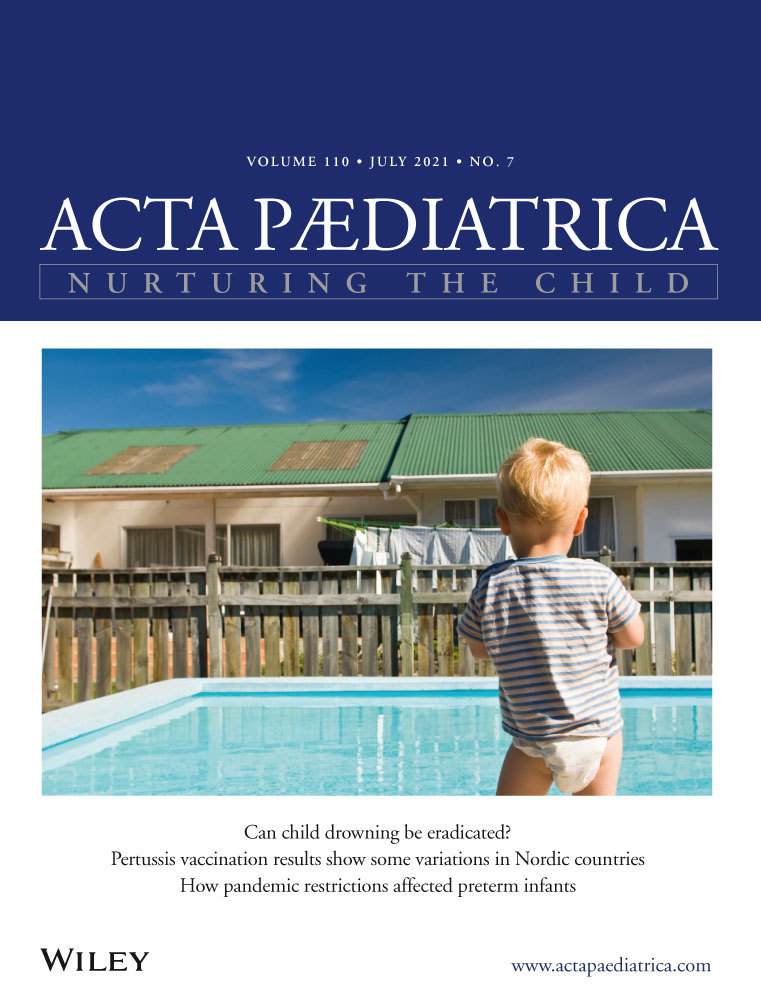Stabilisation of the preterm infant in the delivery room using nasal high flow: A 5—year retrospective analysis
Funding information
The authors have not declared a specific grant for this research from any funding agency in the public, commercial or not-for-profit sectors
Abstract
Aim
This study reviews clinical outcomes after initiating a routine policy of preterm respiratory stabilisation using nasal high flow (HF) in the delivery room (DR).
Method
This was a retrospective observational cohort study in a single-centre neonatal intensive care unit and included all neonates born before 32 weeks of gestation between 1 April 2015 and 31 March 2020. Stabilisation measures and outcomes were recorded including oxygen requirements, admission temperature, surfactant administration, invasive ventilation within 72 h of birth, bronchopulmonary dysplasia (BPD) and death.
Results
There were 491 eligible babies during the 5-year epoch. 292 were stabilised using HF in the DR. The median admission temperature in babies transferred on HF was 36.8°C, and the median FiO2 at admission was 25%. 45% of these infants received surfactant. At 72 postnatal hours, 78% were either sustained on HF or were either self-ventilating in air (SVIA) or receiving low-flow nasal cannula (LFNC) respiratory support. 27% were intubated within 7 days. At 36 weeks postmenstrual age, 36% of survivors had BPD.
Conclusion
We have demonstrated that preterm babies <32 weeks can be effectively stabilised on HF in the DR.
CONFLICT OF INTEREST
PR has received travel and meeting support from Vapotherm and Chiesi.
Open Research
DATA AVAILABILITY STATEMENT
Anonymised data are available on reasonable request from the corresponding author.




